Oh, video games, how we love them and hate them! Whether it is a simple game on your phone or a multi-player online duel, these virtual worlds can provide hours of entertainment. How did video games start off and how do they differ from the video games that we know and love today? How have they evolved today as a form of media that we know and love? Well, you’ve come to the right place and this article is going to show you the evolution of video games and even a glimpse as to what complexity these games have reached!

Get ready and come along for the ride that is this article!
For starters, if no one had invented computers, then we certainly would not have had video games. Computers, as we know them, only began to pop up in college campuses in the 1960s. Mind you, computers back then were huge and were often compared to the sizes of cars and refrigerators alike. Since these devices originally started off on college campuses, it does not come as shock that the first official video game came out of the Massachusetts Institute of Technology in 1962. The game was known as Spacewar!and it was relatively simply to play. Also with Spacewar!, we see the first ever game controllers since using the controls on those big, clunky computers could be a real pain.
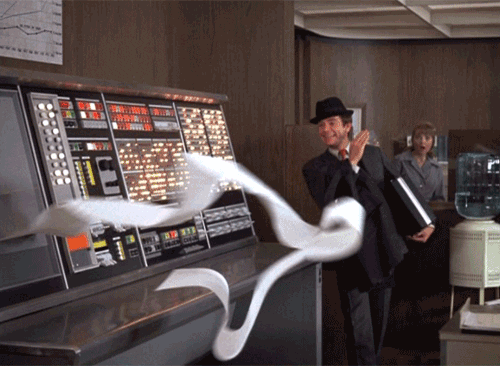 \
\
It wasn’t an aesthetic, it was just clunky.
Fast forward to the 1970s, we see one of the most iconic video games come out. The game was known as Pongand was published by Atari Corporation. In the eyes of someone from the 21stcentury, the game seems bland and lackluster. However, the game was an absolute hit and was even ground breaking to some extent since it was one of the first video games to have sound. Though the game would soon be outshined due to the colorful, arcade world of the 80s…

Yikes. It’s so boring.
The 1980s are definitely the most essential part of video game history. There were arcades and games were finally starting to make their way into North American households along with all of their cartridges as well! But, not everything was fun and games in the 1980s for the video game industry, there was a massive crash which led to the death of Atari and left everyone with an abundances of consoles and terrible video games (We’re looking at you E.T.). And the whole video game industry just went…

In 1985 though, Nintendo saved the day with the Nintendo Entertainment System, or NES for short. It was a sleek and sophisticate console that would only accept Nintendo brand games. These features were necessary for Nintendo to win back the people that were left skeptical of the video game industry. Luckily, this worked, and Nintendo is still around today! Thanks Mario, we owe you one.

In more recent times, we see the 1990s kick up a bit of competition for Nintendo in the video game market. SEGA came into the 1990s as something new and offered more edgy content with their trademark being Sonic the Hedgehog on the SEGA Genesis. The competition would not last long though and SEGA would fade out of making consoles and barely making any more video games.

My inner child is screaming.
When the early 2000s came around, that means that the Convergence Era came along with them. Internet began to make its way into the home and people did not have to go out in order to play games. In a matter of fact, you did not even have to buy a game console anymore if you didn’t want to! There were digital video game distributers, like Steam, and people could just pay online to play. This really changed the world of video games forever.
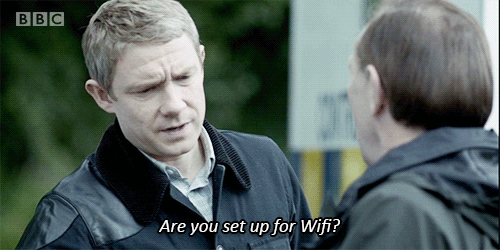
You know we need the Internet even if you don’t play video games.
With the accessibility of games due to the Internet, this meant that many other little companies were able to produce game instead of being ran over by Nintendo. These games are often known as “Indie” games and there are quite a few of them that have been able to gain some traction. In terms of traction, I mean small games that were able to explode into huge, and even competitive, games. Some games that you may know for this would include League of Legends, World of Warcraft, DoTA, and Overwatch just to name a few!

You know, those popular games that you try to watch your friend play, but have no clue as to what the hell is happening?
In my evaluation of video game evolution, I am going to stick to League of Legends since it is a game that I have played for five years and I enjoy the fact that it never gets old. League is simply one of these highly complex games that would have never been possible without the pioneers that came into the industry. (Atari, gone but not forgotten.)

League of Legends, and the other games I have mentioned, are known as MOBAs. This stands for Multi-player Online Battle Arena, and literally means that there are multiple people playing against other people. League of Legends is a classic game mode that consists of five players playing against five people in order to destroy the other team’s Nexus. It is also an online game meaning that you have to be connected to the Internet in order to even think about playing. All you need for controls is a mouse and your Q, W, E, and R keys on your keyboard!

The Nexus is protected by Turrets through out the map, if you don’t take towers, you don’t get to the nexus.
League of Legends itself is a very competitive, high-paced game and not to mention, it is very complicated. There are many different aspects to the game. You usually have to “kill” your enemies in the game so that the game can advance. Also, there are classes of characters (champions) and some of them have a high skill requirement while some, not as much. It comes down to the player to decide which champion they want to play that game.

There are your typical, edgy characters.
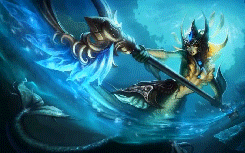
Or.. Some weird characters that make you question your life’s decisions. There’s over 100 options of characters so, the choice is yours before you load into the match itself.
The game is competitive due to its ranking system, which gives you clout in the game as well as bragging rights, which to do not really mean much since it is only a video game. There are also players that will claim, or flame, that they are better at a certain character than you.

Profile example of someone that is good at the game! (Hint: It’s not me)
As for the gameplay itself, there are four lanes in the game. Most of the time, the meta decides which characters go where. A meta revolves around what characters and build paths win the most frequently at a given time in the game. Usually if you pick outside of the meta, someone is going to get mad at you. However, the meta is always changing so the game stays pretty fresh.
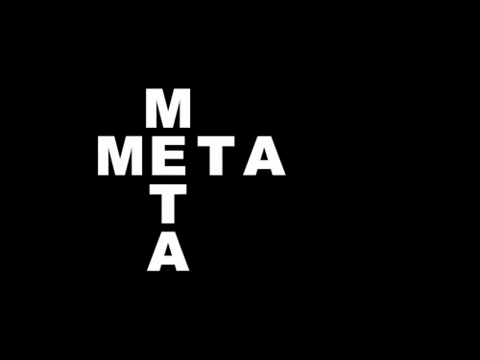
Meta is love, Meta is Life.
Also in the game, there are monsters and minions that help the game progress. Minions are usually harmless and go down each respective lane in order to push the game along so one can get to the nexus. Then there are the monsters in the game, there are monsters that people can farm like minions in the jungle, which lays within the lanes. However, there are also epic monsters, known as Baron Nashor and Drakes, which are taken down as a team in order to buff your team up and help you win the game faster
Here is an example where I kill Gromp, the frog shown in the beginning, and then try to help my team take Baron Nashor. Sadly, we did not get it since the other team decided to fight us.
Speaking of winning the game itself, there are many different theories! Everyone plays with different ideas in mind. Some people want to take the game into their own hands and push all the way to the nexus all by themselves. Some people want to wait until later in the game so they can scale and become powerful. However, the best way to win this game is to fight the other team with your whole group of five people.
In this example, my team pushed to the end of the game and fought against the enemy team! Winning is more effective and fun as five people.
The overall rundown of the game is that it is a multi-player game where both teams fight over objectives in order to win the match. It seems simple on paper, but matches can be pretty long running about 20 to 30 minutes at a time. And of course, trying to coordinate with four random people on a team that you don’t know proves to be a whole other can of worms.
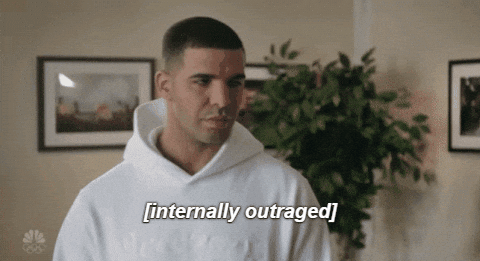
[ See above for accurate display of regular League of Legends players. ]
So, we can easily see how League of Legends has evolved since the early days of the video game medium. However, there is so much more to this game as well! In the 21st century, we have seen a whole new form of media being born simply out playing video games. I’m talking about streaming and competitive gameplay. These forms of media are people playing video games for money which is something you typically would not have seen in the early days of video games.
Yes, you did hear me right. People are being paid for playing video games.
With streamers, we usually see people playing video games in order to be entertaining and possibly offering insight to the gameplay itself. Once a streamer has enough a following, their followers will often give them tips or subscribe to them in order to both pay them for their content or to unlock items that non-subscribers usually do not have access to.

In contrast with streamers, we have people that play video game competitively in order to gain large sums of money. This is often coined with the term “E-Sports” and can be just as tense as real sports. E-Sports are different than streaming since instead of the content being provided by one person, we watch a professional team of people playing a game. There are commentators and scoreboards just like in physical sports. Most aspects are same, but we just don’t see people running around. We hear tons of clicks from mouses and keyboards alike.
Here is a part of an official League of Legends game where you can hear commentators call out whatever is going on in the game. You can also see the players reactions in the bottom of the screen.
To take E-Sports one step further, they are almost like a mini NFL or MBA. A perfect example would be the LCS, also known as the League Championship Series which is the competitive side of League of Legends. The LCS, in contrast to the NFL or MBA, stretches across the world and players from different countries both play with and against each other. Most of the time, professional teams from Korea play against players from Europe or North America. The main reason for watching E-Sports is to follow your favorite teams duke it out in a match, much like watching a football game.
/cdn.vox-cdn.com/uploads/chorus_image/image/56456577/34189887166_37b0d8c36a_k__1_.0.jpg)
Oh yeah, and when they win it’s a really big deal. Also, there’s a lot of money. The prize pool is upwards of $200,000.
However, this doesn’t answer the main question people have for these kinds of video games: Why?
Me: Yeah, I play League of Legends.
Everyone:
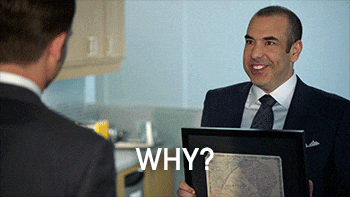
Well, to answer this question it requires several parts. If I had to say the main reason for getting sucked into this rabbit hole of a game, I would say it mainly comes from enjoying the game. While it may be frustrating and painful to play these long matches, the game can be really rewarding when you do get that win. It comes with a sense of accomplishment, even if it is only marked by a in-game rank which has no value in the real world. It is really a hobby for most people, but it can be addicting and fun when you queue up a game with your friends.
There’s also the enjoyment of watching your favorite people play the game either on a stream or through an E-Sports site. You get to watch them play, maybe win, and you feel the same sense of accomplishment from it because that’s your team!
Along with the enjoyment of the game, there is definitely a sense of emotional attachment as weird as that sounds. Like me for example, I have been playing the same game for five years. I would probably be lying if I said I could easily quit the game and delete at any time I want. You can make friends through the hundreds of games you play, you may even find the game as being the one things you’re good at, or you may even find a certain character your really enjoy playing! There are plenty of reasons for why people have stuck with this game since its beta launch in 2011. Some players would probably just feel empty if they deleted the game once and for all.

There’s also more reasoning as to why people continue to play the game and that is micro transactions. Chances are you have made a micro transaction at some point in your life. It may have been you buying iTunes songs or paying for Youtube Premium. Micro transactions in League of Legends come in the form of skins, which are domestic upgrades for characters in the game. They can make your character look very cute or intimidating, the choice is yours since you’re the customer. However, these skins can really add up and people that play the game over year-long periods, they can easily dish out $1,000-$3,000 dollars in skins. (Just ask my friend, Derek.) These transactions are what keep the game “Free-to-Play” and allow for the LCS to continue to have big prize pools. As people invest in the game, they may find it harder and harder to pull away due to their emotional and financial investment.
Which do you prefer?
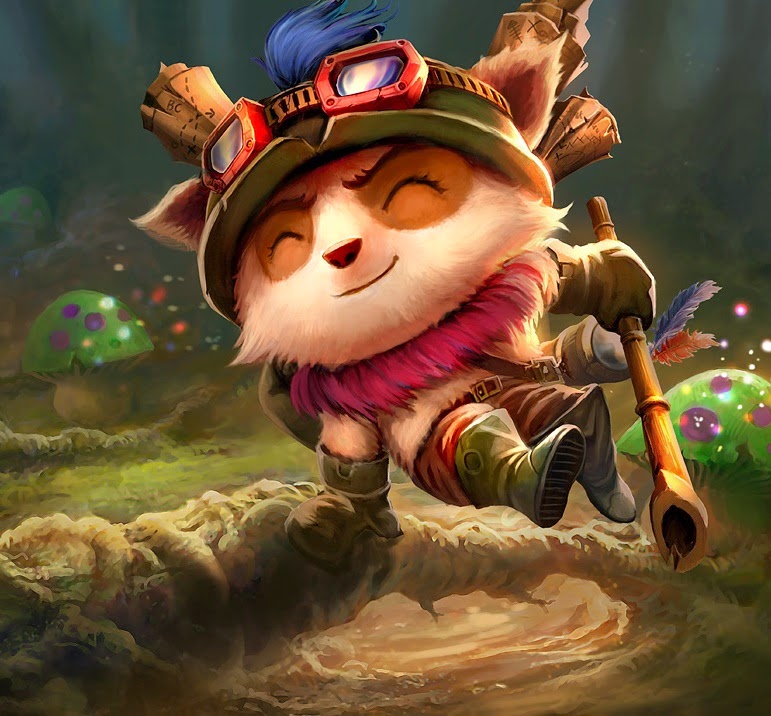
This version of Teemo?
-OR-

Beemo. (See what I did there?)
In conclusion, video games are nowhere near as simple as they used to be in their early days. The games have evolved from 8-bit to games that require good equipment in order to play them. Games have evolved from simple controls to things such as keyboards and extra equipment. There is also a whole new social aspect to video that was not available in early days of gaming. Instead of going out to the arcade and taking turns with your friends of PacMan, you can now play an online game with your friend from home! In fact, your friend can be half way across the country or on the other side of the world, and you can still play with them because of the Internet. We also see the rise of competitive gameplay and people using their personalities in order to make a career on streaming platforms! While people may think, “Oh, it’s just a video game.” There’s honestly so much more beneath the surface of just picking up a controller. The games of the 21st century have so much depth and it is easy to become attached to them wether it is through money or emotions. Instead of shaming people for spending hours on end for play too much, we should really take a step back and look at the whole picture and see where we came from.
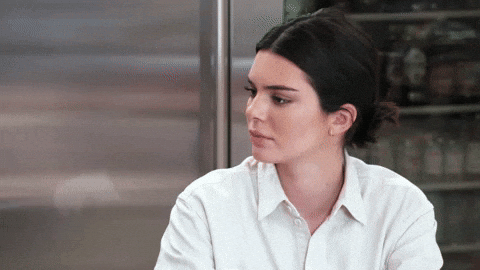
Alright, well that’s my whole tea on how video gaming has evolved and how remarkable video really are.
~Veverica.
Sources:
Mary Stehulak – Evoltuion and Development of Video Games:
Stehulak – Evolution and Development of Video Games File
https://www.twitch.tv
https://eu.lolesports.com/en/about/about-lol-esports
What is “the meta” and how does it affect gaming?


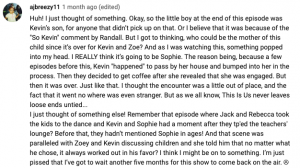



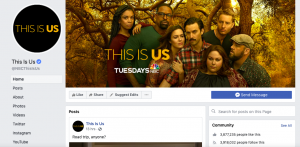
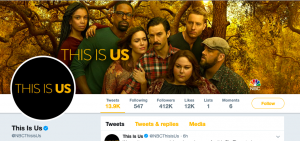
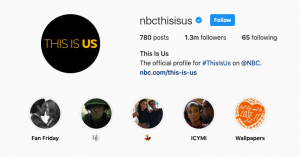






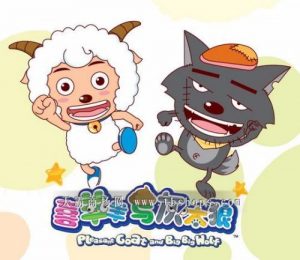
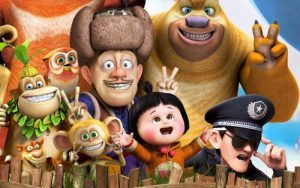
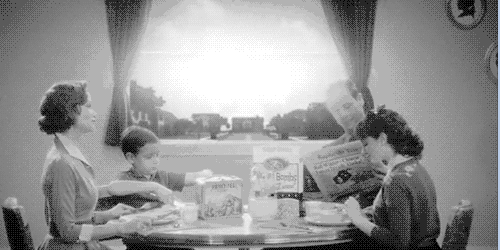
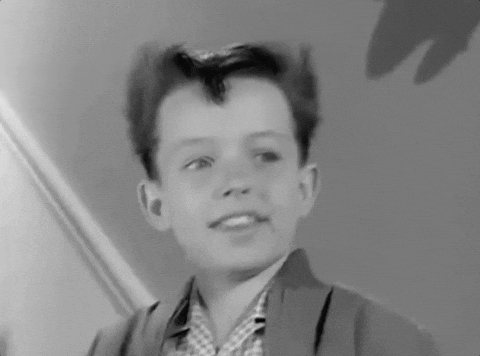



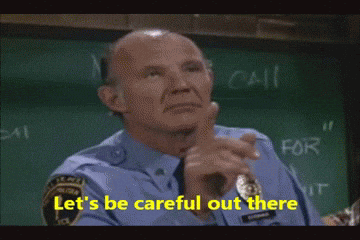


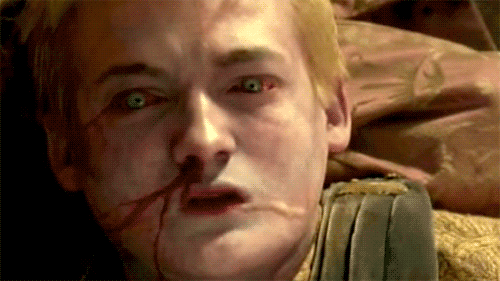





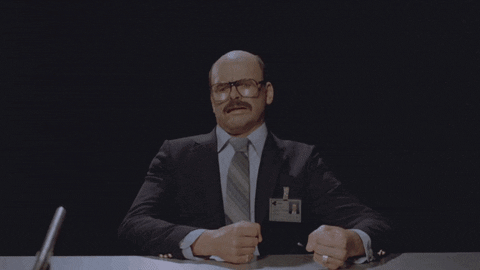

 \
\













/cdn.vox-cdn.com/uploads/chorus_image/image/56456577/34189887166_37b0d8c36a_k__1_.0.jpg)




